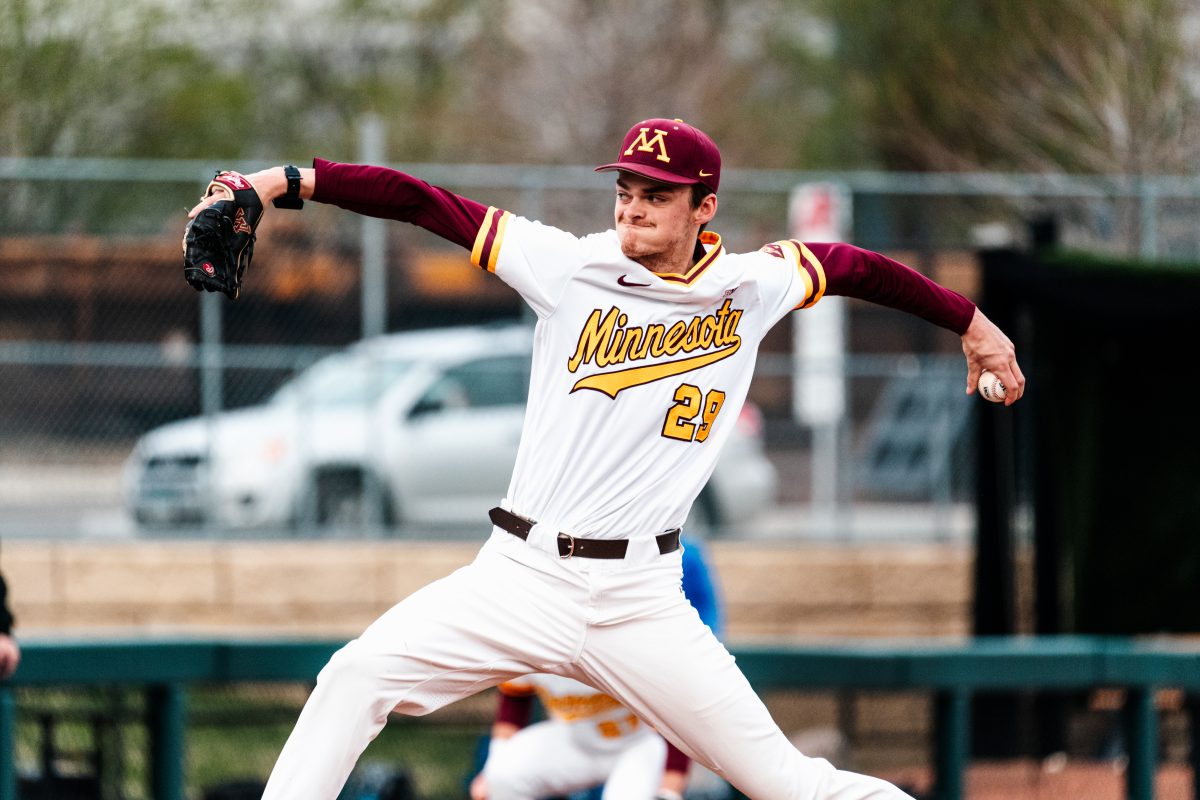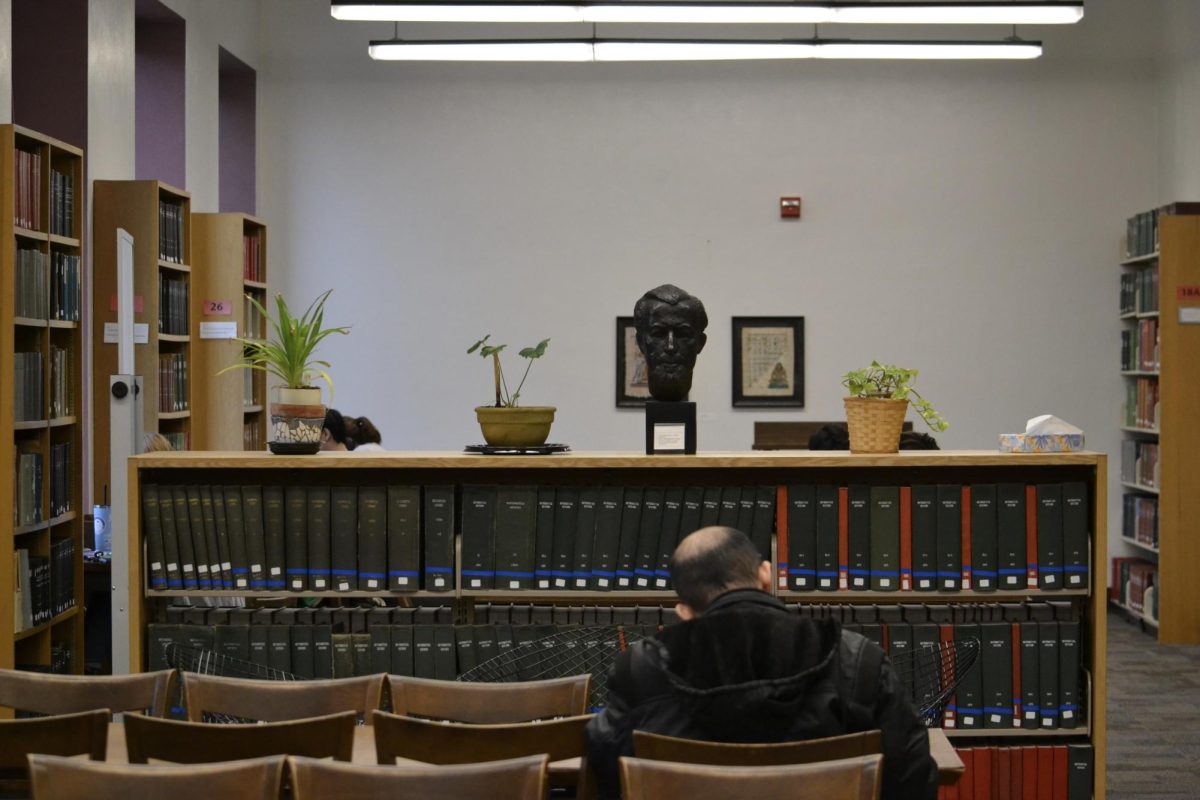For most of his life, 12-year-old Aaron Kirsch battles with the everyday struggles of autism, but for half an hour every Saturday morning he gets to be John Wayne, The Lone Ranger and a knight in shining armor.
He slowly rides a horse in circles, waving to his parents and occasionally raising his arms like a quarterback after throwing a touchdown pass. It’s easy to see this isn’t his first rodeo.
Since he was 4 years old, Aaron has been enrolled in We Can Ride riding classes – a program that allows disabled people to ride horseback under the supervision of instructors and volunteers.
The program has five locations with the newest being the Leatherdale Equine Center on the St. Paul campus. We Can Ride will send four horses to the Center and the first riding sessions are slated to begin in November.
We Can Ride is grounded in the theory that horseback riding has therapeutic benefits.
Riding can improve strength, balance, ability to focus and provide social interaction, occupational therapist Tina Phelps said.
Phelps said she once had a client who had never spoken until he said his horse’s name during a session.
“A lot of physical and neurological things go on just because you’re on a horse,” Phelps said.
Riding sessions sometimes have a rocky start, Executive Director Tom Bezek said. New riders don’t always like to put their helmets on or are scared to get in the saddle, he said.
Despite the occasional difficulties, Bezek said therapeutic horseback riding is not only effective, but it can sometimes be more effective than normal therapy.
It works because, unlike other therapy tools, the horse is alive and simulates the human walk, Bezek said.
“You can’t find an apparatus in a clinical setting that can do what a horse does,” Bezek said.
We Can Ride serves 250 riders and consists of more than 400 volunteers, plus certified instructors and occupational therapists.
But even with such a large fleet of volunteers, there is a waiting list about 100 names deep for classes.
The backup is because We Can Ride has a limited amount of horses and it needs more volunteers. Every rider is supervised by at least three people at all times.
Bezek said that he hopes the program’s new home on campus will help attract some student volunteers.
University alumna and We Can Ride volunteer Melena Bellin has helped with the program for about seven years. This year Bellin has worked with Aaron, helping him hold the reins and keep his balance on the horse.
Bellin said it’s fulfilling to see Aaron’s progress.
“We get to see these kids sort of grow up here,” she said.
Aaron’s mother Julie Kirsch said while some sessions go better than others, for the most part riding helps him stay focused.
Horseback riding is one of the few things that can hold his attention for half an hour, she said.
The very least Aaron has taken away from his riding session is a new friend: his trusty steed Kermit.
“(Aaron) wants to be the headless horseman for Halloween,” Kirsch said. “He keeps asking us if he can take Kermit home with him.”










